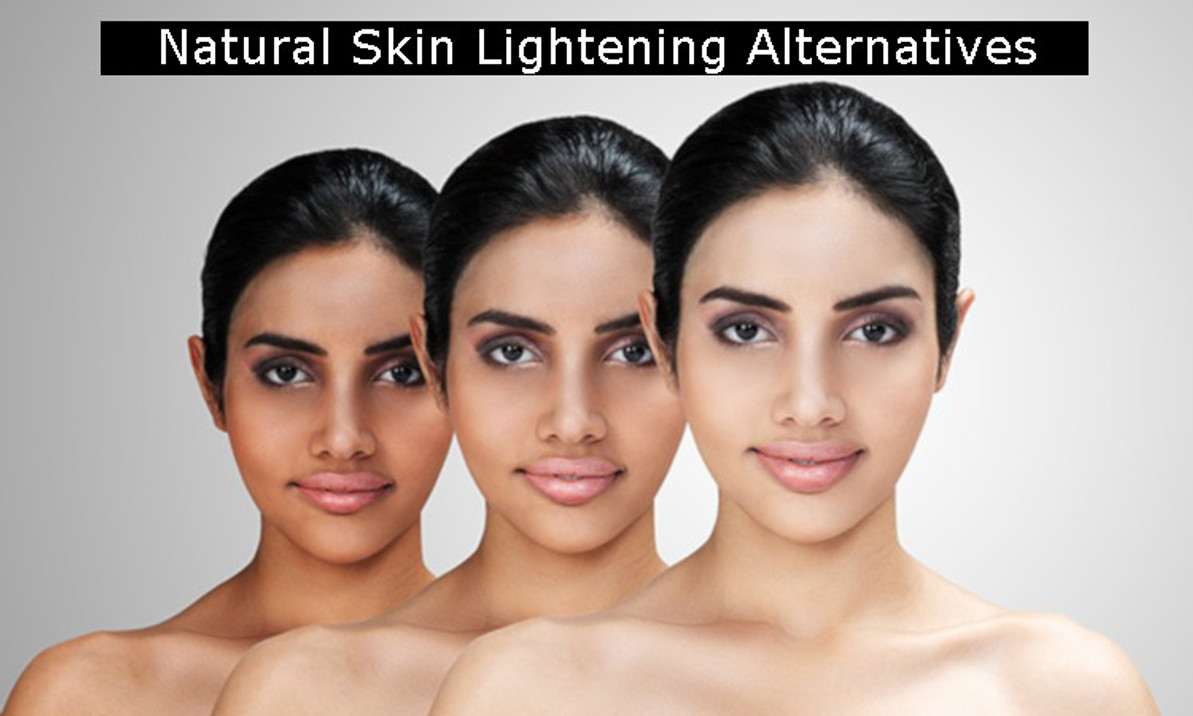5 Super Effective Natural Hydroquinone Alternatives
If you are struggling with hydroquinone-induced irritation, it may be time to explore hydroquinone alternatives. Hydroquinone is a skin whitening agent that is often used to treat hyperpigmentation and melasma. Hydroquinone is a powerful skin lightener that has been used for many years to control dark spots, age spots, and hyperpigmentation. Unfortunately, when hydroquinone reacts with sunlight, it can cause side effects such as itching, burning, and redness. This post will discuss five natural hydroquinone alternative treatments that have been proven to work just as well!
Kojic Acid
Kojic acid is the second most common lightning agent. The fermentation process derives from several different types of fungi. It's also a byproduct when certain foods ferment, including Japanese sake, soy sauce, and rice wine. Melanin is a pigment that gives skin, eyes, and hair their color. Tyrosine is an amino acid required to produce melanin. Kojic acid works by inhibiting tyrosine production, resulting in less melanin production, leaving the skin looking lighter and brighter.
Possible side effects to look out for:
Contact dermatitis is the most common side effect of kojic acid. It can manifest as redness, irritation, itchiness, rashes, swollen skin, or pain and discomfort.
Arbutin
Arbutin is the natural derivative of hydroquinone. It is extracted from plants such as bearberries, blueberries, and cranberries. Arbutin works similarly to kojic acid by interfering with the tyrosinase activity to suppress melanin production. It does not destroy melanin - it simply disrupts/slows melanin production, so it is not a permanent solution to skin lightening. Once you stop using arbutin, the skin will slowly reverse to its previous state.
Possible side effects to look out for:
Irritation, stinging, contact dermatitis, and skin discoloration.
Vitamin C
Vitamin C is another popular ingredient for lightening skin. It is found naturally in fruits and vegetables and produced synthetically in skincare products. Vitamin C comes in many forms, but L-ascorbic acid's commonly used in pure form. Other forms of vitamin C derivatives are not pure and are known as sodium ascorbyl phosphate, ascorbyl palmitate, retinyl ascorbate, tetrahexyldecyl ascorbate, and magnesium ascorbyl phosphate. The latter forms of vitamin C are mixed with other ingredients. Vitamin C lightens the skin by inhibiting the amount of melanin your pigment skin cells generate by undoing the reactions of tyrosinase. It is also a potent antioxidant that is great for protecting the skin from free radical damage.
Possible side effects:
Itching, redness, skin irritation, and a tingling sensation.
Retinol
Retinol is a derivative of vitamin A. It works by building collagen, increasing cellular turnover, interfering with the transfer of melanin to the skin, reducing the amount of tyrosinase produced in the skin, and dispersing melanin. Retinol isn't classified as a skin bleaching product, but it speeds up skin renewal to reveal healthy new skin and promote an even tone.
Possible side effects:
Redness, irritation, burning, itching, dry skin, flaking skin, peeling skin, and increased sensitivity to the sun.
|
|
Niacinamide
Niacinamide is also known as vitamin B3. It occurs naturally in many foods and plants. It works by inhibiting melanosome transfer from melanocytes to keratinocytes to minimize melanin production. Niacinamide also stimulates keratin for thicker and firmer skin. In addition to skin lightening benefits, it contains antioxidant properties to protect from environmental damage.
Possible side effects:
Mild burning, itching, and redness.
Mushroom
Some mushrooms contain kojic acid, which is a natural skin lightener. This acid inhibits melanin production on the skin's surface, which lightens the new skin cells formed after the dead ones are exfoliated. In addition, mushrooms are rich in vitamin D and antioxidants that protect the skin against wrinkles and acne caused by environmental damage. Furthermore, it treats the inflammation that mainly causes skin problems. Therefore, mushrooms have anti-inflammatory and antioxidant properties in them as well.
Possible side effects from mushrooms:
Mushrooms can trigger skin irritation, hives, and rashes.
Licorice/Glycyrrhizin
Licorice root extract contains a compound known as glycyrrhizin, which has anti-inflammatory and antimicrobial properties. It treats skin conditions like eczema and acne. As a rich source of antioxidants, it also offers skin lightening and anti-aging benefits. Licorice is also a natural skin lightening because its extract actively contains glabridin, which inhibits tyrosinase, the enzyme that causes pigmentation in response to sun exposure.
Possible side effects of licorice:
If you suffer from atopic dermatitis, rosacea, or psoriasis, you can benefit from licorice root's healing properties and natural wonders; it has little to no known common side effects other than mild irritation or dryness.
Azelaic acid
It is reported to be as effective as 4% hydroquinone. After three months, azelaic acid with tretinoin causes more skin lightening than azelaic acid alone. Azelaic acid is applied twice daily for several (up to 8) months; lightning starts after 1 to 2 months. Both 20% azelaic acid and 4% hydroquinone are equally effective. It keeps acne at bay, but it also helps fade dark marks and evens out skin tone, including discoloration caused by hyperpigmentation, rosacea, and melasma. Azelaic acid can help reduce the effects left by acne. Azelaic acid works by lightening any dark spots left by acne scarring or sun exposure by slowing the production of melanin and by blocking abnormal melanocytes — pigment-producing cells that have gone haywire.
Possible side effects of azelaic acid:
Less common side effects include blistering or flaking skin, irritation, swelling, tightness, or hives.
|
|
Recent Posts
-
Discover the Perfect Glasses & Styles to Enhance Your Rectangle Face Shape!
Your face shape plays a significant role in determining the most flattering hairstyles and makeup te …Apr 17th 2024 -
Moroccanoil Treatment for Hair: The Ultimate Guide
Moroccanoil Treatment for Hair: The Ultimate Guide In the world of hair care, few products have …Apr 1st 2024 -
You deserve to shine bright like a diamond! Unveil the ideal beauty trends for a diamond face shape
Discover the Perfect Hairstyles and Makeup for a Diamond Face Shape Your face shape plays a …Mar 29th 2024




